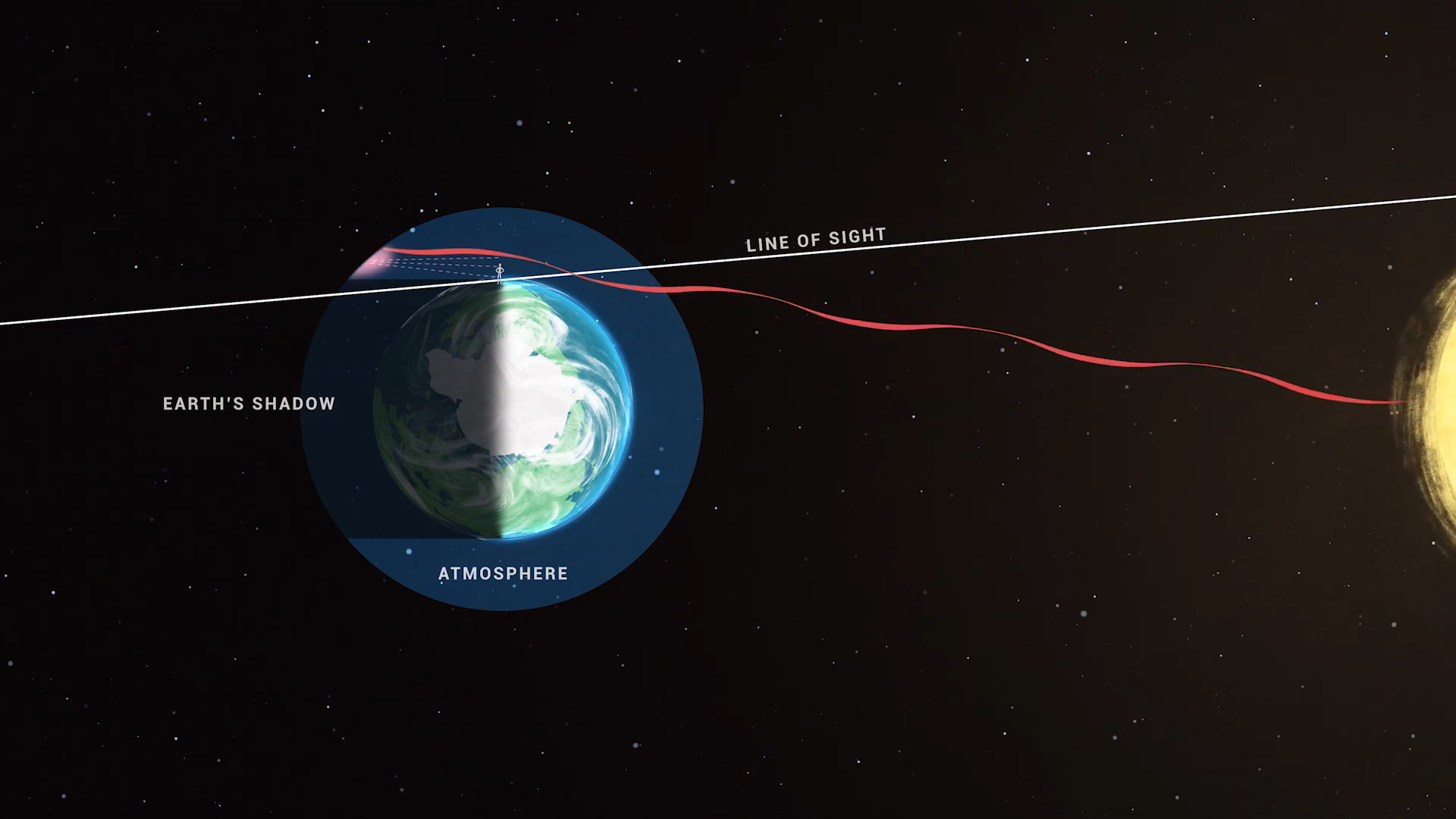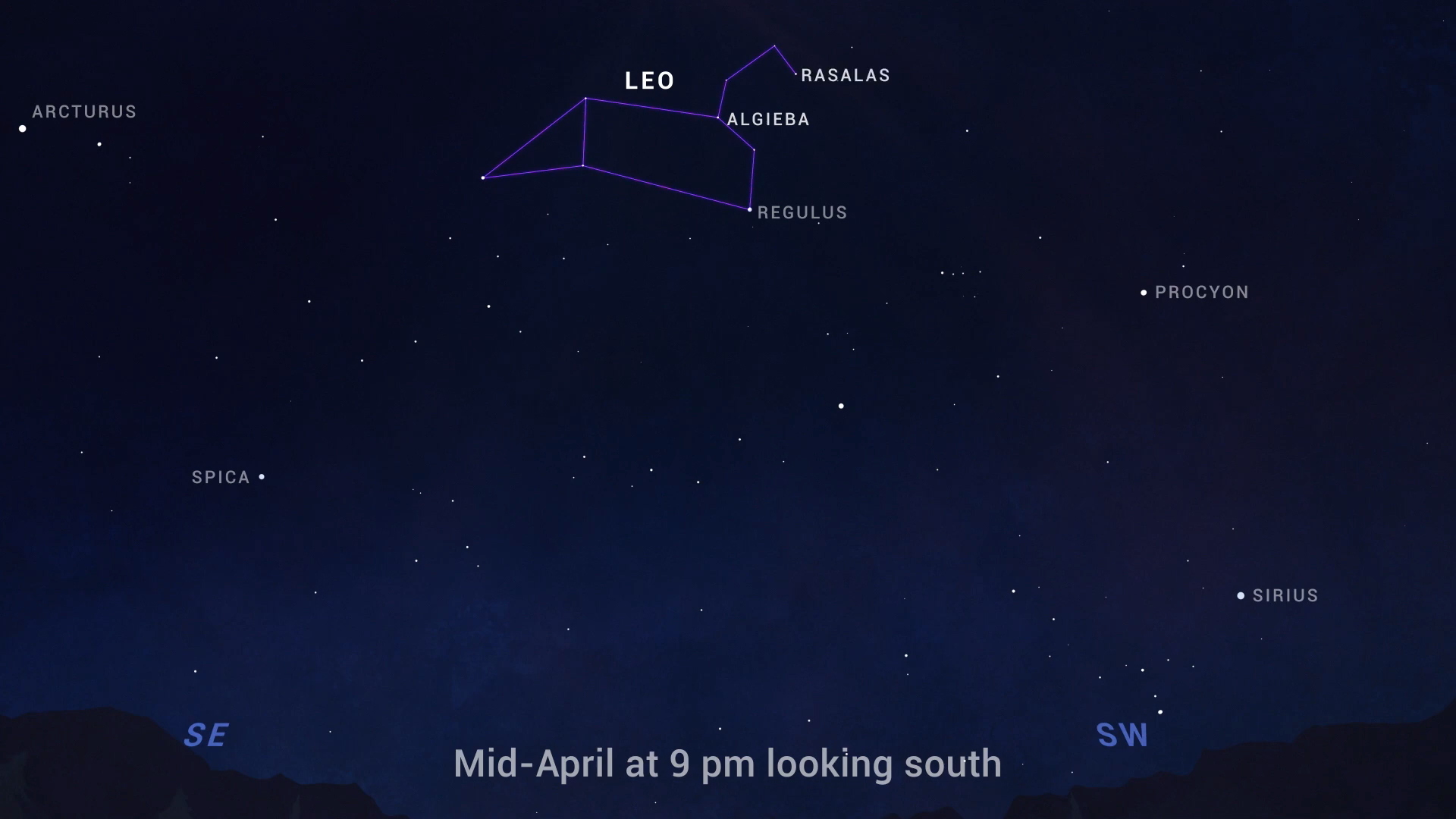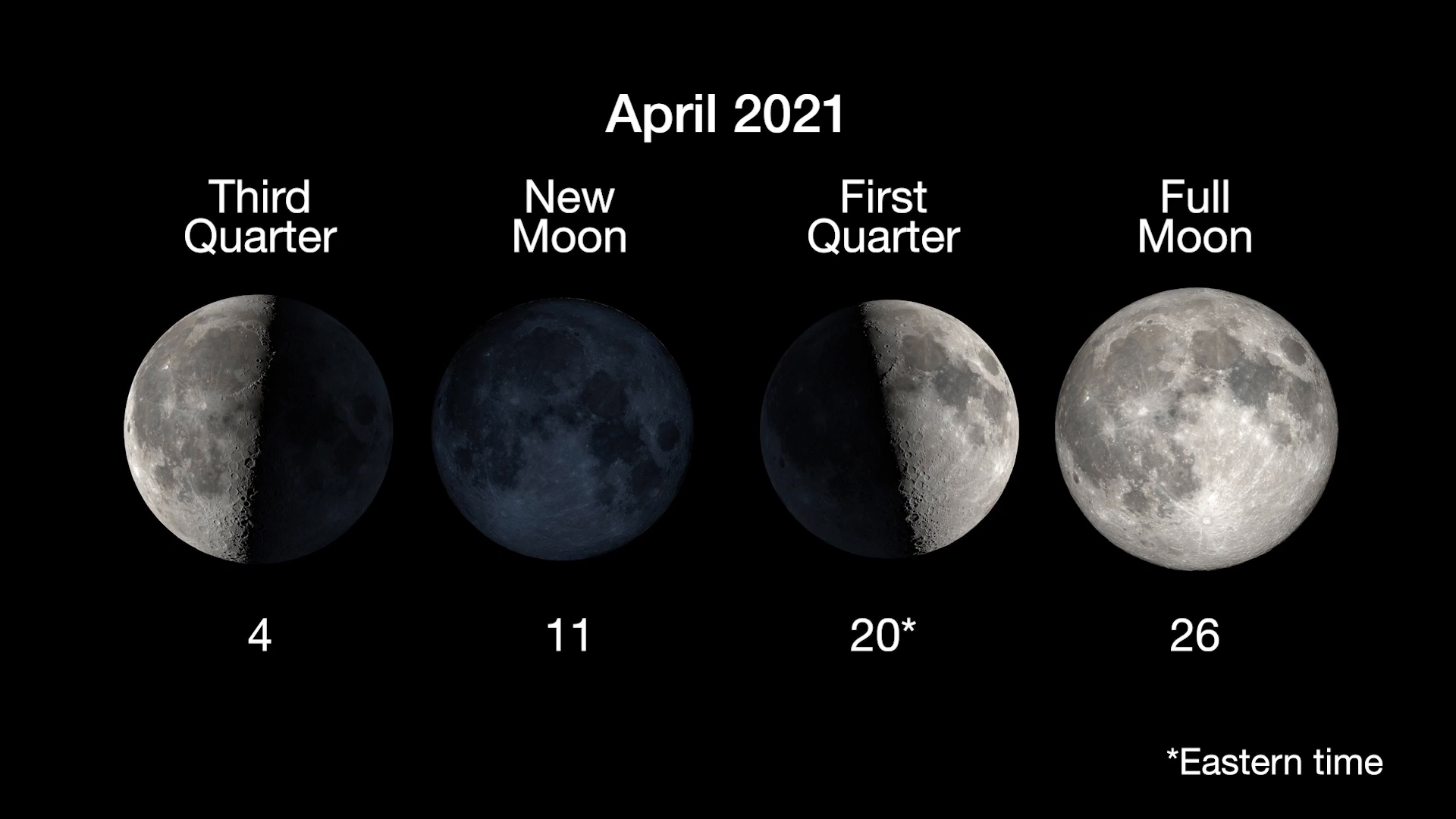What’s Up: April 2021 [Video]
| Credit | NASA/JPL-Caltech |
|---|---|
| Historical Date | April 1, 2021 |
| Language |
|
What's Up for April? Morning planets, a sunset arch, and finding Leo the lion...
The morning sky on April 6th finds Jupiter and Saturn forming a lovely trio with the crescent Moon. Look for them low in the southeast in the hour before sunrise. (Sky Chart)
April 22 is Earth Day – an annual opportunity to collectively appreciate the wonder and beauty of our home planet. So it seems appropriate to feature an Earth-related sight you can see any time of the year when you have clear skies. It's a twilight phenomenon that you might have noticed just after sunset.

If you can pull your gaze away from the sunset in the west, and spin yourself around to face east, you'll often notice a band of pink- or orange-colored sky with a darker, bluish band beneath. These bands move upward over the minutes following sunset to form an arch across the sky that slowly fades as night sets in. The dark band is Earth's shadow rising. Above it, the rosy-hued band is known as the Belt of Venus.
We observe this sight for a short time after sunset when the Sun is just below the horizon, but some of its light rays are still making their way through the atmosphere before nightfall. The redder, or longer wavelengths, of sunlight are able to travel the longest distance through the atmosphere. And at the point opposite to the sunset, this reddish light is scattered off the atmosphere and back toward your eyes.
The Belt of Venus is named not for the planet, but for the mythical goddess. Together with Earth's shadow, these sights form the "anti-twilight arch." This arch rises like a curtain on the night, slowly fading as Earth's shadow eventually fills the sky, allowing us to gaze outward into the stars.
You can see this sight in morning twilight as well, by looking in the direction opposite the rising Sun – that is, toward the west. As the sky begins to lighten, Earth's shadow becomes noticeable with the Belt of Venus above it, and these bands slowly sink to the horizon as day breaks.

April is a great time to look for Leo… That is, the constellation Leo. Leo is the Latin word for "lion," and this well-known grouping of stars is named for a super-powered lion vanquished by the mythical hero Hercules. It's a pretty easy constellation to locate, because it sort of looks like a lion reclining in the sky, and has this recognizable curving shape, called the Sickle, that represents the lion's head.
In April, you can find Leo high overhead in the south in the first few hours after sunset. In addition to the sickle shape of the lion's head, look for the lion's heart – the brilliant bluish-white star Regulus, which is one of the brightest stars in the sky.
Astronomers think most stars have a family of planets orbiting them. And these two bright stars in Leo – named Algieba (which is actually a double star!) and Rasalas – each have a confirmed planet larger than Jupiter orbiting around them. So step out after dark in April to look for Leo, with its sickle-shaped lion's mane, and blazing bluish heart.
Here are the phases of the Moon for April.

You can catch up on all of NASA's missions to explore the solar system and beyond at nasa.gov. I'm Preston Dyches from NASA's Jet Propulsion Laboratory, and that's What's Up for this month.
— Additional Resources —
